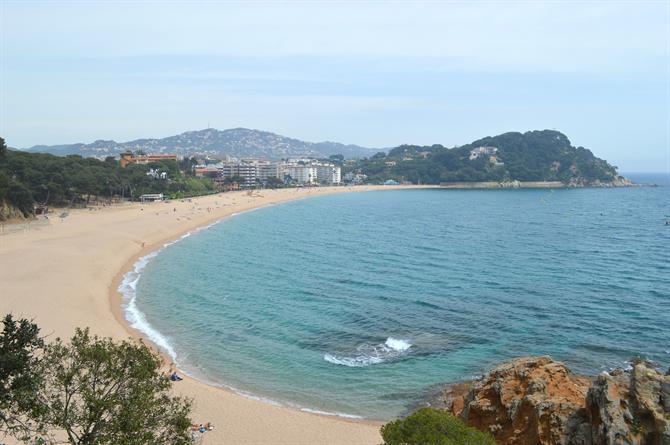Lloret de Mar is one of the most popular holiday resort towns on the Costa Brava, especially among younger travellers. The city has both culture and nature to offer - everything from medieval castles, to informative museums, peaceful parks, and beautiful beaches!
Before we embark on the history and sights, get acquainted with Lloret de Mar in this intro video.
A little about Lloret de Mar
Lloret de Mar is located 40 km from Girona and 75 km from Barcelona. The city has almost 40,000 inhabitants, but the population doubles during the summer season.
The name Lloret de Mar means something along the lines of 'laurel tree of the sea'. The town's coat of arms has a laurel tree in the centre.
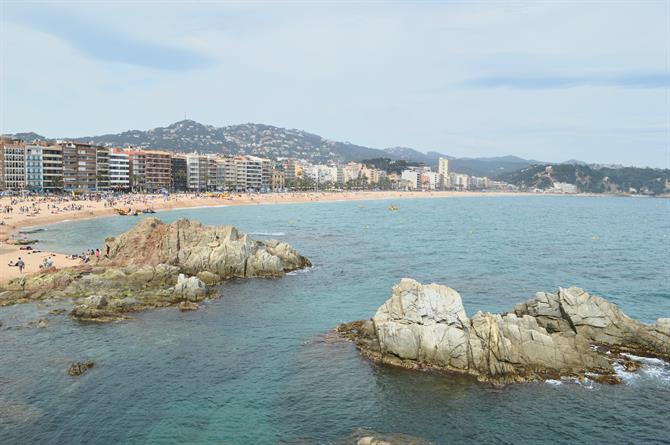
In the 1700s, Lloret de Mar became an important port city, as many Spaniards returning from living in America created a flourishing trade market with their newfound wealth. These returning Spaniards, known as Indianos, left their mark on the Costa Brava, which can still be seen in the local architecture.
What can you see in Lloret de Mar
Today, Lloret has come from being a small harbour into a developed resort town with tons of hotels and restaurants. There are several attractions in the city. Among them, La Dona Marinera, Castell de Sant Joan, Iglesia de Sant Roma, el Museo del Mar, Santa Clotilde Garden and more.
La Dona Marinera
The iconic bronze statue of 'the sailor's wife' seen in the video above, also known as 'La Venus de Lloret', has become a famous landmark of the town. The 2.4 metre-high statue depicts a woman looking out over the sea with her hand held up - this can be interpreted either as a welcome or farewell greeting. She represents the many women who were left at home with the children, while the men went on expeditions to the other side of the Atlantic.
The monument, which stands on a cliff at the end of Playa de Lloret, was made in 1996 by the artist Ernest Maragall.
It is said that if you stand next to the statue and look out over the ocean while you touch her right foot with your hand, your every wish will be fulfilled.
Castell de Sant Joan
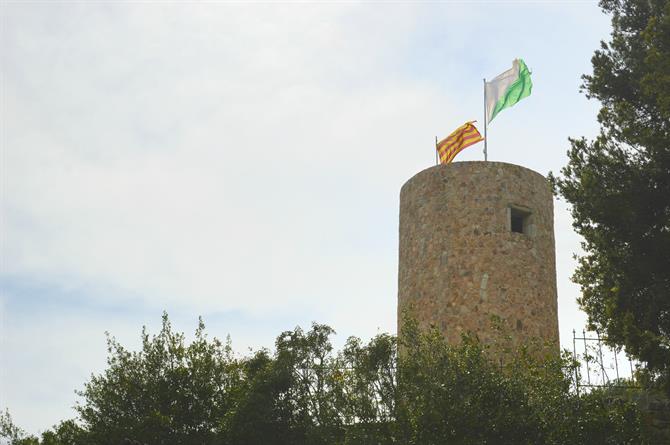
Another of Lloret's famous landmarks is Castell de Sant Joan (or in Castilian, Castillo de San Juan). The castle was built in the 11th century as a guard post, from where attacks coming from sea could be anticipated. The once essential fortress is only a ruin today, except for the castle tower, which in all its renovated splendour has a fabulous view of the coast.
During the third coalition war, the British fleet tower was bombed in 1805. In the early 1990s, the tower and parts of the surrounding castle ruins were restored.
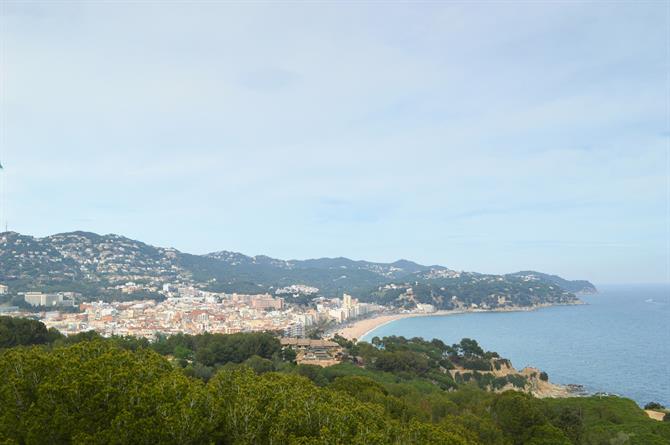
The tower cannot be seen from Playa de Lloret, but it stands on the hill in the city's south end, a kilometre away from the Dona Marinera Statue. You can get there by taking the path that goes up the cliff past the statue or by following the road from the beach. The route from the beach is slightly longer, but a less-steep alternative.
Admission: €3 (€1.50 for students and seniors).
Iglesia de Sant Roma
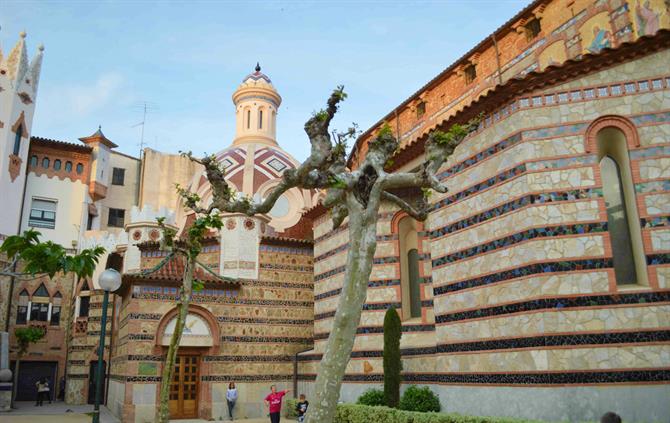
The parish church of Sant Roma was originally built around 1509 in the Gothic style. The church got its present modernist look in 1914, when it was renovated in accordance with the new architectural style introduced by the returning Indianos. Remember to go into the courtyard, where you can look up at the beautiful murals on the church walls.
Opening hours: Open daily from 9:30-12:00 and from 16:00-19:00.
Museo de los Gatos
Spain's only cat museum, opened in 2002, is located in the centre of Lloret de Mar. Here you can see the private collection of a Russian couple composed of paintings, ceramic and porcelain figures, and countless other pieces, all following the cat theme. There are allegedly 6000 objects in the small three-storey museum house.
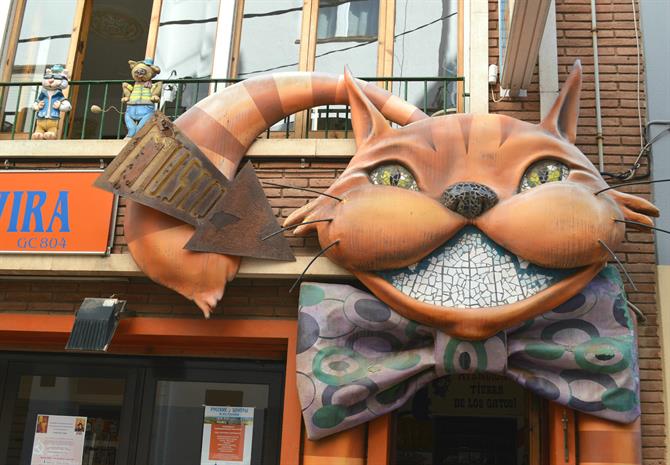
If you love cats and art, this is a lovely place to visit. Some of the paintings are quite funny, and there are many whimsical characters within the museum's walls. Most of all, it's fun to imagine how the owners' home might have looked before the entire collection became part of the museum.
Address: Carrer Sant Albert 10, 17319 Lloret de Mar
Admission: €3
Masia Can Saragossa
Masia Can Saragossa, also known as Can Xardo, is one of the oldest mansions in Lloret de Mar. In the 19th century, the building was renovated and used as luxurious summer residence until it was turned into a hotel in 1954.
Today, the mansion is owned by the city and is home to an exhibition of works by Joan Llaverias, as well as an archeology exhibit showing life in Lloret de Mar from 300 years B.C. until the 16th century.
Address: Avenida de la Vila de Tossa, 17310 Lloret de Mar
Opening hours: Open daily from 10:00-14:00.
Admission: Free access to the building, entrance to the exhibitions €3 (half price for students and pensioners).
Museo del Mar
In one of the old mansions along the seafront is Casa Garriga. This museum presents the journey across the Atlantic from Lloret to America, as well as the city's long fishing tradition.
The mansion originally belonged to Eric Garriga, who emigrated to Cuba and gained a fortune by trading building materials.
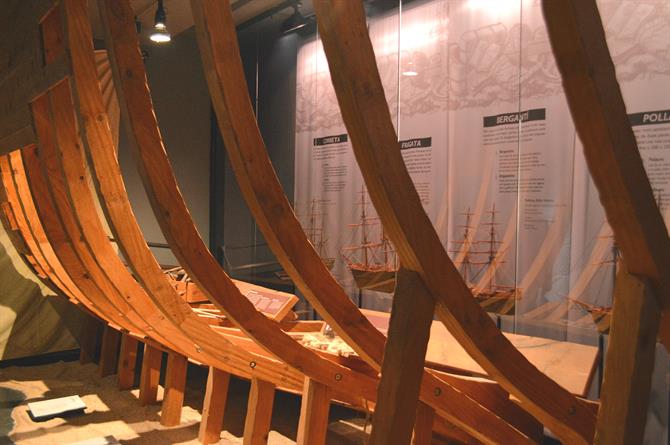
The many wooden models, fishing nets, and old documents create a very special museum. If you’re not in the mood to read the detailed explanations, it is enough to be carried away by the atmosphere.
You will also be able to access the palace's balcony for great views of the beach and the coast.
Admission: €3, with a discount for pensioners and students.
Santa Clotilde Garden
In the summer heat, there is nothing more refreshing than an shaded stroll through gardens.
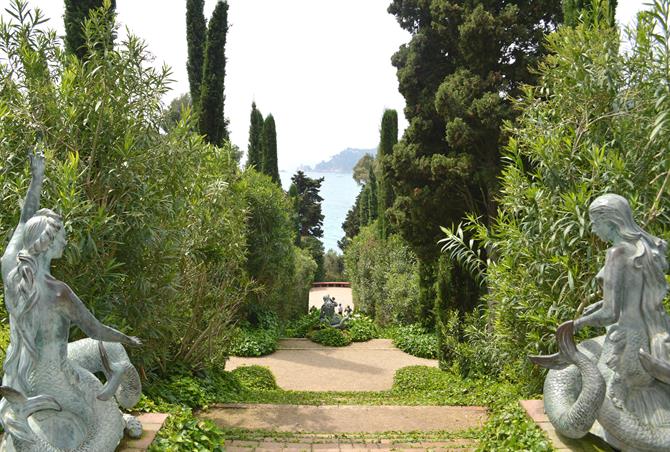
Santa Clotilde Gardens are just south of Lloret's centre, about a 40-minute walk through different neighbourhoods and along Fenals Beach. The garden was designed in the early 1900s and it is one of the finest examples of a modern Catalan landscape garden. It is located on top of a cliff with beautiful views of Sa Boadella Bay. It consists mainly of trees and shrubs.
It doesn’t take long to walk around the garden, but if you are interested in botany, you can take as long as you want to immerse yourself in the many different plants. Bringing a packed lunch is a good idea - you'll be able to enjoy it on a bench overlooking the beautiful Costa Brava.
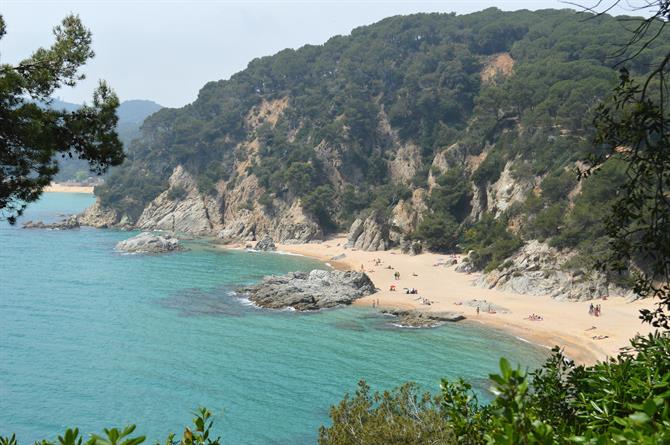
If you're up more gardens, it is worth going 4 km further south (by bus or by car) to the 50-hectare Jardin Botanico Pinya de Rosa, which was built in 1945. The garden initially had more than 7000 different plants, but since the owner died in 1992, some large parts of the lush vegetation have been lost. Today, you can still see several types of cactuses, palm trees, and aloe vera plants. Pinya de Rosa is open everyday from 9:00-19:00.
Boat Tour
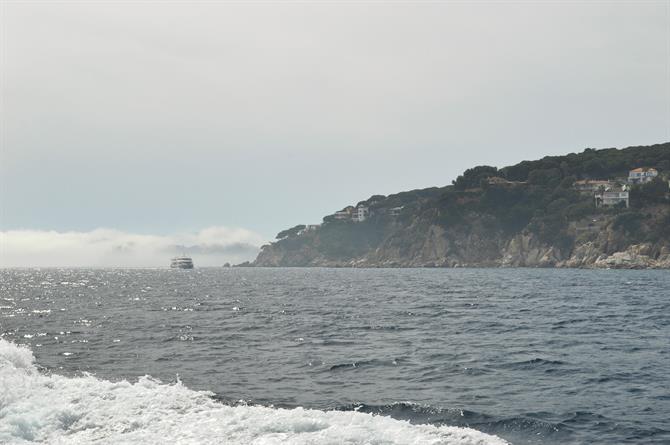
From Lloret de Mar (and several neighbouring beaches), you can take a boat trip to multiple locations. This includes Tossa de Mar, Blanes, Santa Susanna, and Calella.
Sailing boats depart seven times daily from the most popular destinations (Tossa, Fenals, and Lloret). Roundtrip sailings to further-away Calella are offered once per day.
On the route to Tossa de Mar, there is a break where you can go below deck to look through the boat’s transparent bottom to see the seabed and the beautiful fish.
Tickets for boat trips can be purchased in the small wooden stalls along the beach.
Price: €8 for the shortest trip (Lloret-Fenals) and €30 for the longest trip (Tossa-Calella) - there are also family deals and discounted return tickets.
Walk along the Costa Brava
There are great trails along the coast from Lloret de Mar toward both the south and the north. To the south, you can go past Castell San Joan and onto Fenals Beach along the small cove of Sa Caravera. In this direction can go all the way to Blanes, which is a 7 km walk that takes almost 2.5 hours.
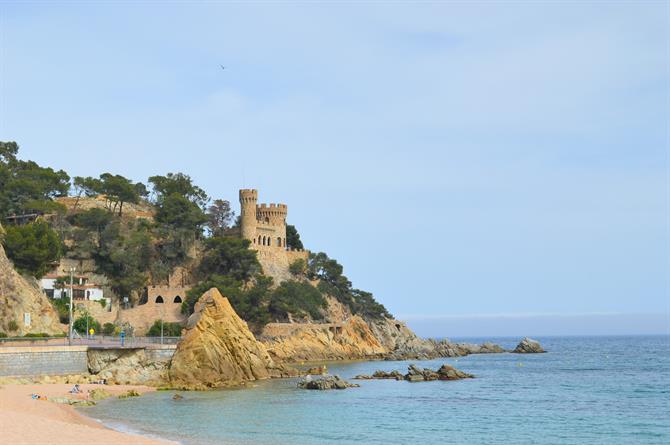
To the north, you can walk along the little beach called Sa Caleta and past the beautiful Castell d'en Plaja castle. The castle was built during the Spanish civil war by businessman Narcís Plaja - hence the castle's name - and it was completed in 1941. As the building is privately owned, it can only be admired from the outside. After the castle, you will pass a tunnel and arrive at one of the area's most beautiful stretches of coastline, with the clear water typical to the area. From here, you can continue all the way to Tossa de Mar.
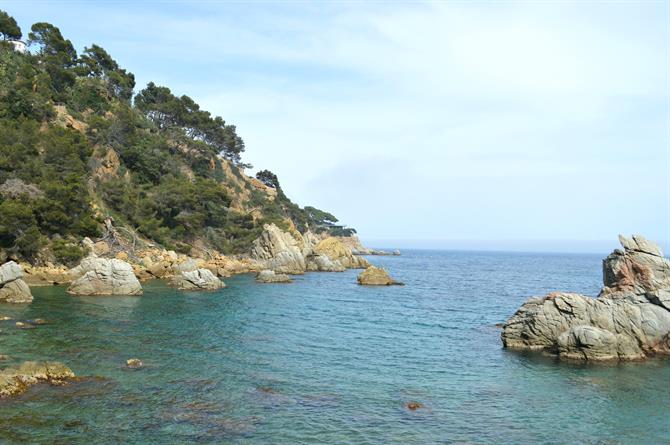
A day at the beach
If you are holidaying in Lloret, a beach day should always be included in your plans. The most obvious option is to go down to Playa Lloret de Mar, which is about 1.7 km long and runs along the entire town centre. While the sand is coarse, it is nice, and the beach has been awarded the Blue Flag for its cleanliness and excellent facilities. At the north end, there is a small bay, Sa Caleta, where you can take cover from the huge stretch of beach, but it is often just as busy here.
If you would prefer quieter surroundings, you can head to one of the neighbouring beaches, such as Fenals, or take a boat to beautiful Santa Cristina.
